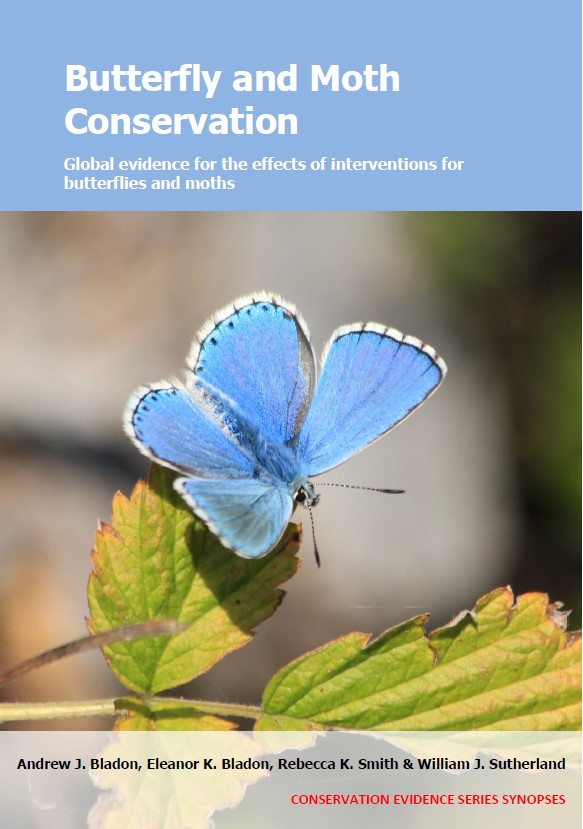Use low intensity lighting
-
Overall effectiveness category Awaiting assessment
-
Number of studies: 1
View assessment score
Hide assessment score
How is the evidence assessed?
-
Effectiveness
not assessed -
Certainty
not assessed -
Harms
not assessed
Study locations
Supporting evidence from individual studies
A replicated, paired, controlled study in 1997 in three sites in a rural built-up area in Rhineland-Palatinate, Germany (Eisenbeis & Hassel 2000) found that lower intensity yellow lights attracted fewer moths than higher intensity and broader spectrum lights. Under lower intensity yellow lights (high-pressure sodium ellipsoid lamps, HSE), the number of moths caught (2–8 individuals/trap/day) was less than the number caught under higher intensity lights with a broader range of visible and ultra-violet (UV) light (high-pressure mercury-vapour lamp, HME: 8–28 individuals/trap/day; high-pressure sodium-xenon lamp in tube form, HSXT: 8–25 individuals/trap/day), but higher than at a trap with no light (0 individuals/trap/day). At each of three sites, three different light types (HSE: 50–70 W, yellow light with very little UV light; HME: 80 W, visible and UV light; HSXT: 80 W, visible and UV light) were compared to a control without light. From May–September 1997, flying insects (including moths) were sampled for 60 nights using flight eclector traps installed below each lamp.
Study and other actions tested
Where has this evidence come from?
List of journals searched by synopsis
All the journals searched for all synopses
This Action forms part of the Action Synopsis:
Butterfly and Moth Conservation
Butterfly and Moth Conservation - Published 2023
Butterfly and Moth Synopsis





)_2023.JPG)














